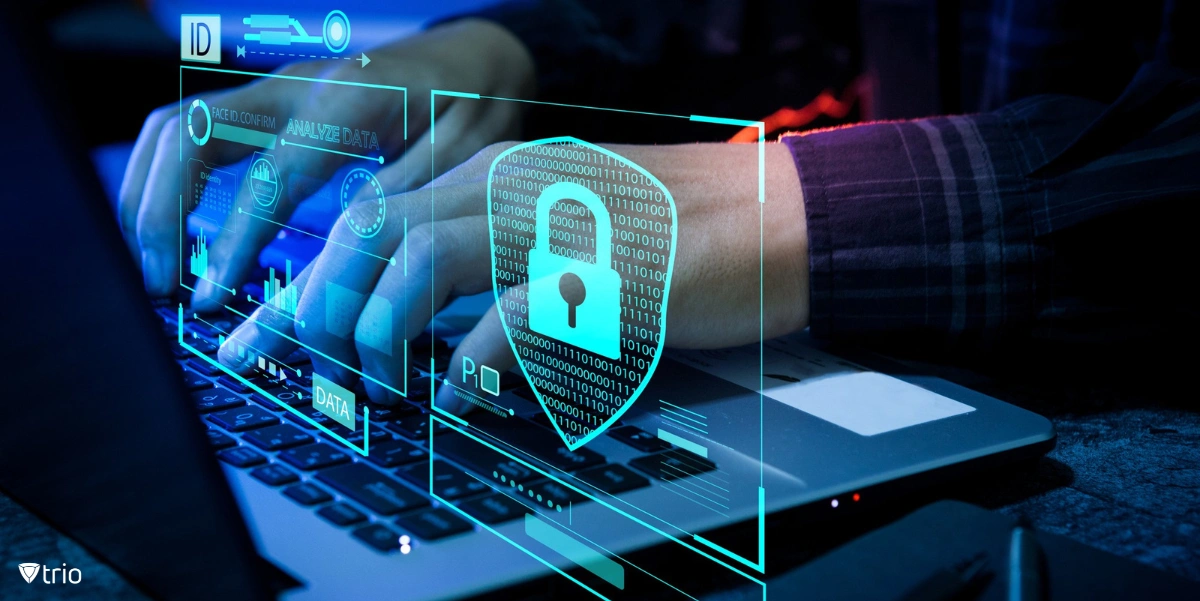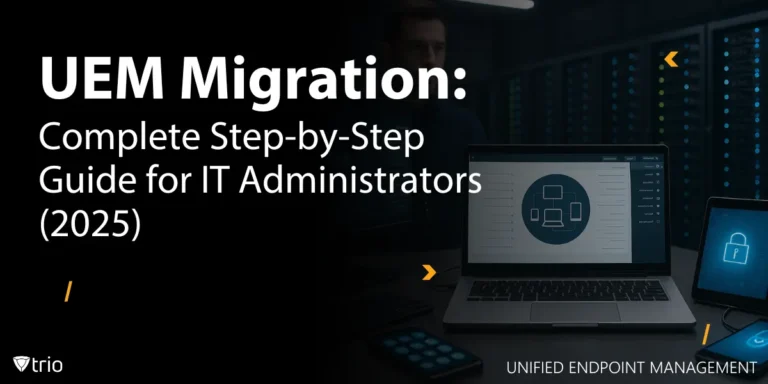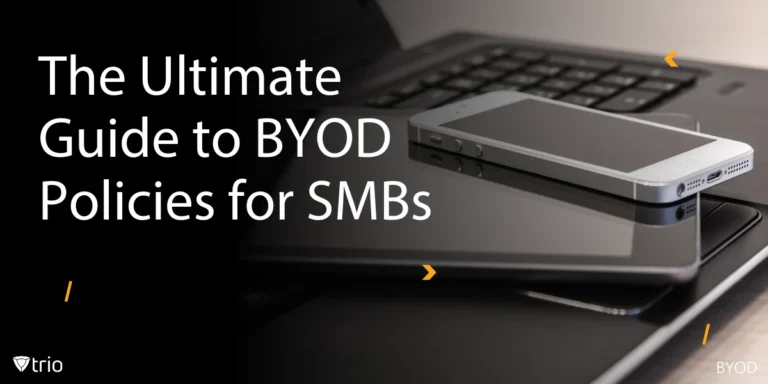Logging in to multiple apps and devices and keeping the data synchronized can be a huge headache for employees and any company. Without a system like SAML (Security Assertion Markup Language), things can get messy, create security risks, and even lead to potential data breaches. In this blog post, we will talk about how SAML can streamline this process, making logins easier and your company's data secure and optimizing operational efficiency.
What is SAML and How Does it Work?
To put it in simple terms, SAML (Security Assertion Markup Language) is a protocol for single sign-on (SSO) that allows identity providers to pass authorization credentials to service providers. When a user attempts to access a service, the service provider sends a request to the identity provider. The identity provider authenticates the user and sends back a SAML assertion. This assertion contains the user’s authorization information, which the service provider uses to grant access. In essence, SAML cyber security assertion simplifies the login process, enhances security, and centralizes user authentication. It’s widely used in enterprise settings for secure and seamless access to various applications.
In-Depth Look at SAML Authentication Assertion
Let’s have a detailed look at what SAML Assertion is. A SAML Assertion is a package of information that supplies one or multiple statements made by a SAML authority. It’s an XML document that the identity provider sends to the service provider. The assertion contains statements that service providers use to make access-control decisions. These statements include authentication, attribute, and authorization statements. The authentication statement asserts that the user did indeed authenticate via a specified method at a certain time. Attribute statements provide specific information about the user, such as email or role. Authorization statements convey rights or privileges the user has, guiding access control.
What is SAML Used For?
SAML (Security Assertion Markup Language) is primarily used for implementing single sign-on (SSO) solutions. It enables users to authenticate once and gain access to multiple applications, improving user experience.SAML's benefits extend far beyond convenience. It strengthens security by centralizing authentication, eliminating the need for managing credentials on numerous applications. Also, SAML facilitates a federated identity model, perfect for modern businesses that use a mix of cloud-based tools. This model stores user credentials in a central location (Identity Provider) and grants access to applications from different vendors (Service Providers).
The real magic happens with improved access control. SAML configuration can contain user attributes beyond just usernames. This allows for more granular control within applications. Imagine granting specific users access to edit data in one application while restricting them to read-only access in another, all based on their role within the organization. Moreover, SAML protocols can take care of data synchronization among all devices.

SAML and Multi-Factor Authentication
While SAML authentication excels at simplifying logins, it doesn't handle multi-factor authentication (MFA) directly. However, these two security measures can be a powerful duo. The identity provider (IdP) can enforce MFA before issuing a SAML Assertion, adding an extra layer of verification. Alternatively, a separate MFA solution might be implemented, prompting for additional factors after a successful IdP login. This way, SAML maintains its SSO convenience while allowing organizations to leverage the enhanced security of MFA.
SAML vs. OAuth vs. OpenID
While SAML, OAuth, and OpenID protocols all prioritize secure access management. As mentioned, SAML tackles single sign-on, allowing users to access multiple applications with one login. It handles both verifying user identity (authentication) and granting access rights (authorization) and even takes care of data synchronization. OAuth, on the other hand, focuses on delegated authorization. It lets users grant access to their information on one application to another application, like logging in to a news site with your social media credentials. OpenID Connect (OIDC) builds on OAuth to specifically handle user authentication. It provides a standardized way for applications to confirm a user's identity using existing logins from trusted sources like Google or Facebook.
Data Consistency and Security with Trio's SAML Assertions
Trio, as an MDM solution, is not only designed to manage devices and employee lifecycles from onboarding to offboarding, but it also takes care of all the cybersecurity intricacies. Trio not only supports SAML security protocols but also offers OAuth and OpenID protocols for you to choose from in order to integrate with your SSO platform of choice. Trio utilizes SAML assertions to securely exchange user attributes between your Active Directory and other integrated platforms. This can help maintain data consistency across different systems.
Overall, SAML assertions offer a powerful tool for organizations seeking to streamline access management and enhance security. By implementing SAML, you can empower users with single sign-on convenience while enforcing granular access control and potentially implementing multi-factor authentication. Furthermore, SAML promotes data consistency by facilitating secure attribute exchange between your identity provider and various applications. Though SAML, OAuth, and OpenID serve distinct purposes, they all contribute to a secure and user-friendly access management landscape. Consider your specific needs to determine which protocol best suits your organization. For a comprehensive mobile device management solution with SAML capabilities and other authentication protocols, explore for yourself what Trio can offer. Visit our website and request a demo to see Trio’s capabilities yourself.
Get Ahead of the Curve
Every organization today needs a solution to automate time-consuming tasks and strengthen security.
Without the right tools, manual processes drain resources and leave gaps in protection. Trio MDM is designed to solve this problem, automating key tasks, boosting security, and ensuring compliance with ease.
Don't let inefficiencies hold you back. Learn how Trio MDM can revolutionize your IT operations or request a free trial today!





